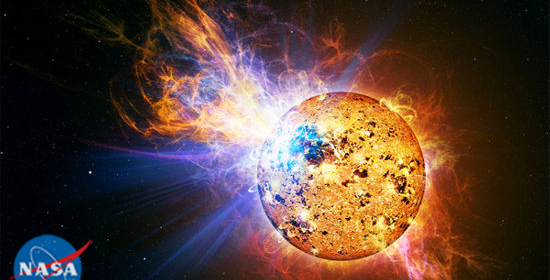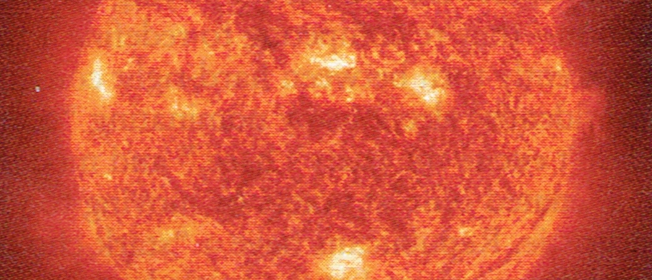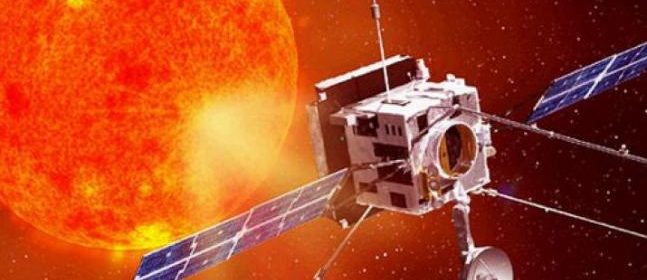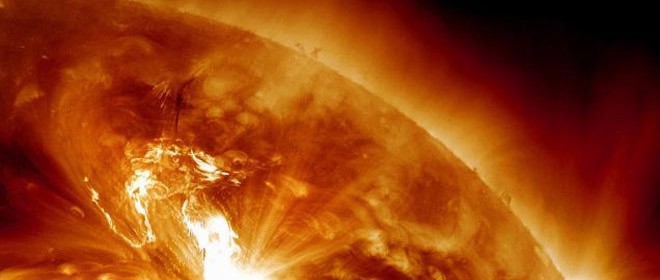Black Hole Discovered
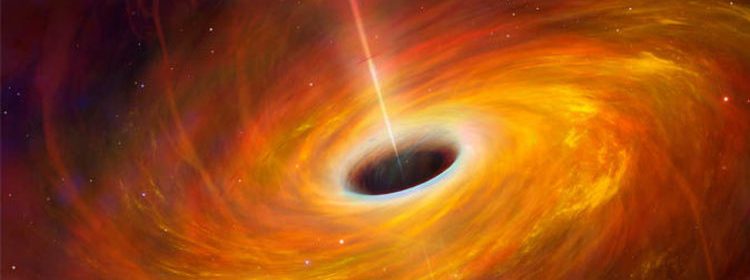
A black hole when found in the center of the Milky Way would appear to be 10 times brighter than our full moon. Scientists estimate that its light would have formed about 12 billion years ago and would have measured about as big as 20 billion suns. The energy that comes from a black hole is mostly ultraviolet light. Astronomers […]
Read more

